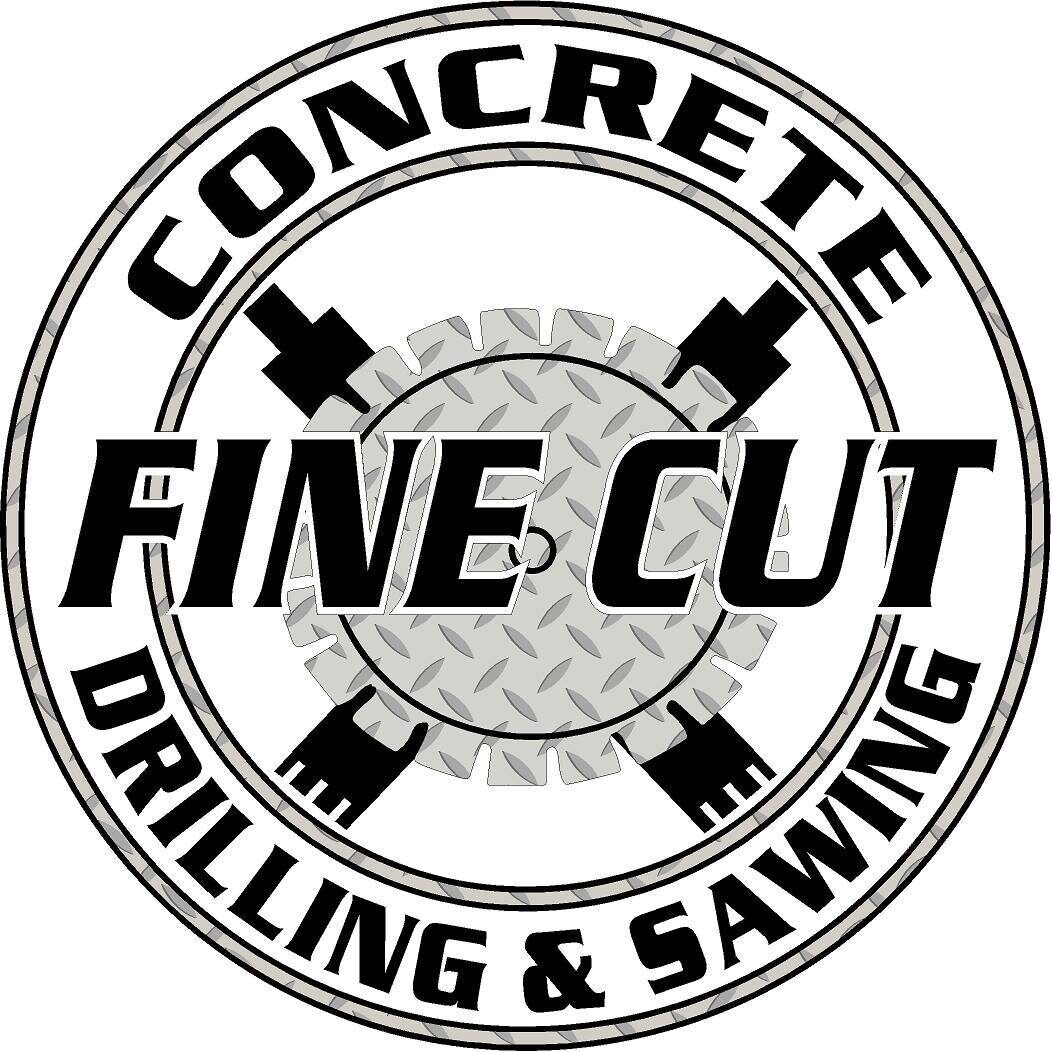
Concrete wall sawing, a technique known for its precision and control, is used for cutting openings in vertical or horizontal reinforced concrete structures, such as walls, floors, and ceilings. It is the preferred method for cutting openings through concrete walls and masonry for HVAC venting, egress doors, windows, raised slab removal, and more. This widely used method is a testament to its effectiveness in concrete work across the United States.
When discussing the need for concrete wall sawing services, look no further! Wall sawing employs a diamond blade on a track-mounted system that can be used for vertical or horizontal cuts. These saws run on hydraulic or electric power and are also commonly referred to as concrete track saws. Some typical applications for concrete wall sawing include:
- Smooth, straight-finished openings in walls, ceilings, and floors
- Flush cutting against a surface
- Fixture ready, and accurately sized openings
- Bevel cuttings for a chamfered edge
Concrete wall sawing is particularly useful when precise and controlled cuts are required, such as installing doors, windows, or ventilation systems. It is also commonly used to create openings for staircases, elevator shafts, and other structural modifications. This method allows for the efficient and accurate removal of concrete sections while minimizing damage to the surrounding areas. Some important dos and don’ts when referring to concrete wall sawing include:
Do’s:
- Wear Personal Protective Equipment: Always wear appropriate PPE, including safety glasses or goggles, hearing protection, gloves, and a dust mask or respirator to protect against concrete dust and debris.
- Inspect Equipment: Before use, inspect the wall sawing equipment, including the saw blade, motor, and hydraulic system, to ensure they are in good working condition and free from defects.
- Mark Cutting Lines: Using a chalk line or other marking tool, Mark the cutting lines on the concrete surface accurately. Double-check measurements and ensure the lines are straight and aligned correctly.
- Secure Work Area: Secure the work area to prevent unauthorized access and ensure the safety of workers and bystanders. Use barricades, warning signs, and caution tape as necessary.
- Use Water for Cooling and Dust Suppression: When cutting concrete, use water to cool the blade and suppress dust. This helps prevent overheating of the blade and reduces airborne dust, improving visibility and air quality.
- Control Slurry and Waste: Properly contain and dispose of slurry and concrete waste generated during wall sawing. Use containment barriers or vacuum systems to capture slurry and prevent it from spreading or contaminating the surrounding area.
- Inspect Finished Cut: After completing the wall sawing, inspect the finished cut for quality and accuracy. Check for any defects or imperfections and make any necessary adjustments or corrections.
Don’ts:
- Don’t Overload Equipment: Avoid overloading the wall sawing equipment beyond its rated capacity. Follow manufacturer recommendations for maximum cutting depth and feed rates to prevent damage to the equipment and ensure safety.
- Don’t Rush: Avoid rushing the wall sawing process. Take time to ensure precise cuts and maintain safety. Rushing can lead to mistakes, accidents, and poor-quality results.
- Don’t Ignore Safety Precautions: Always follow safety precautions and guidelines when performing wall sawing. Ignoring safety measures can lead to accidents, injuries, or even fatalities.
- Don’t Cut Blindly: Avoid cutting blindly without knowing the location of underlying utilities, reinforcement, or structural elements. Use concrete scanning or other non-destructive testing methods to identify potential hazards before cutting.
- Don’t Use Damaged Equipment: Do not use damaged or defective wall sawing equipment. Inspect equipment before each use and address any issues promptly to prevent accidents or malfunctions.
- Don’t Cut Without Proper Support: Ensure that the concrete structure being cut is adequately supported to prevent collapse or instability during the wall sawing process. Use shoring, bracing, or other support systems as needed.
- Don’t Dispose of Waste Improperly: Dispose of concrete waste and debris properly in accordance with local regulations and environmental guidelines. Improper disposal can result in fines or environmental damage.
For more information about the concrete wall sawing services we provide in the Kansas City area, Bentonville, AR, or Tulsa, OK, contact us at (816) 540-5787. We are here to cater to your specific needs and ensure the success of your project. You can also request a quote online. We eagerly anticipate the opportunity to work with you on your next project.
